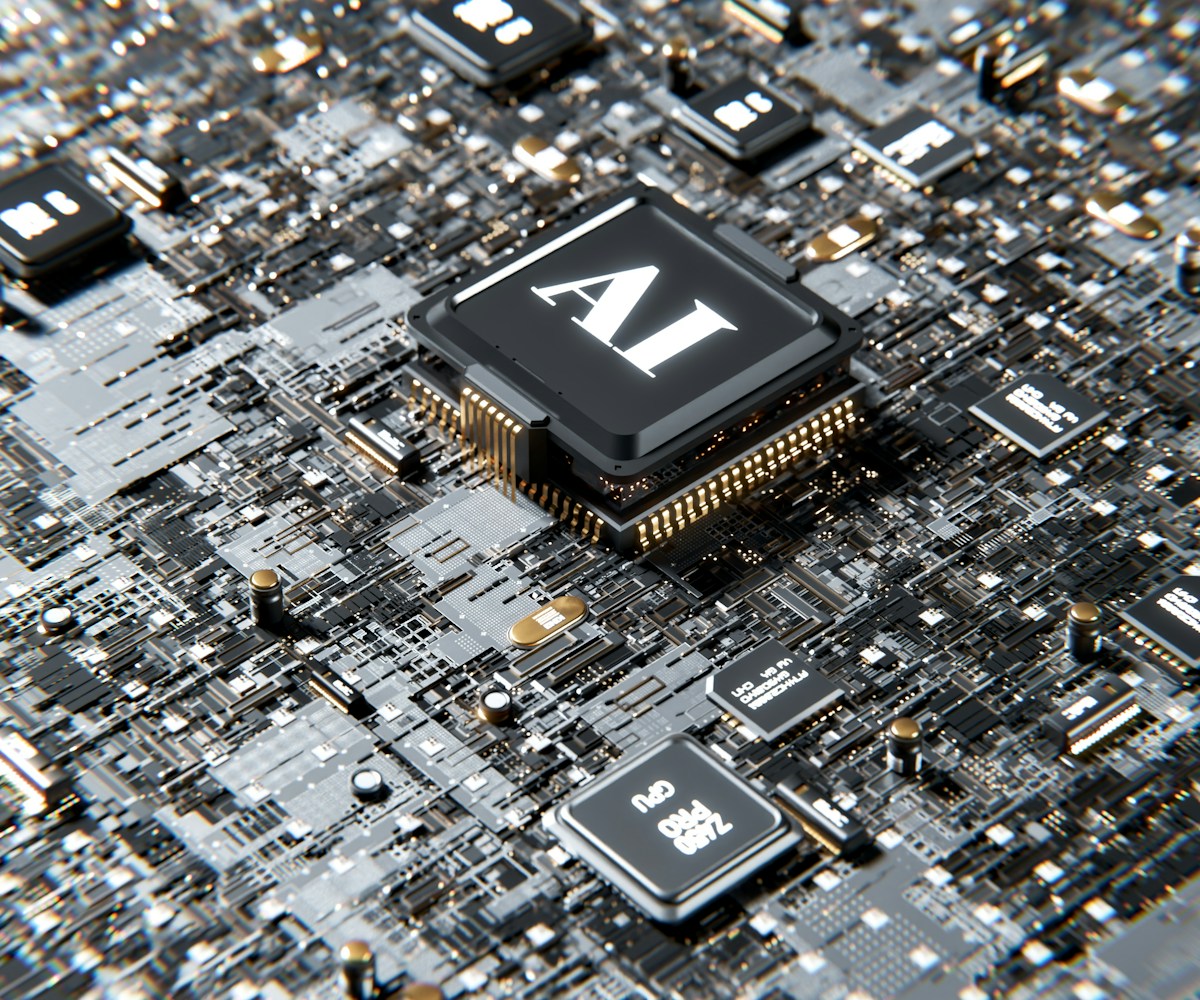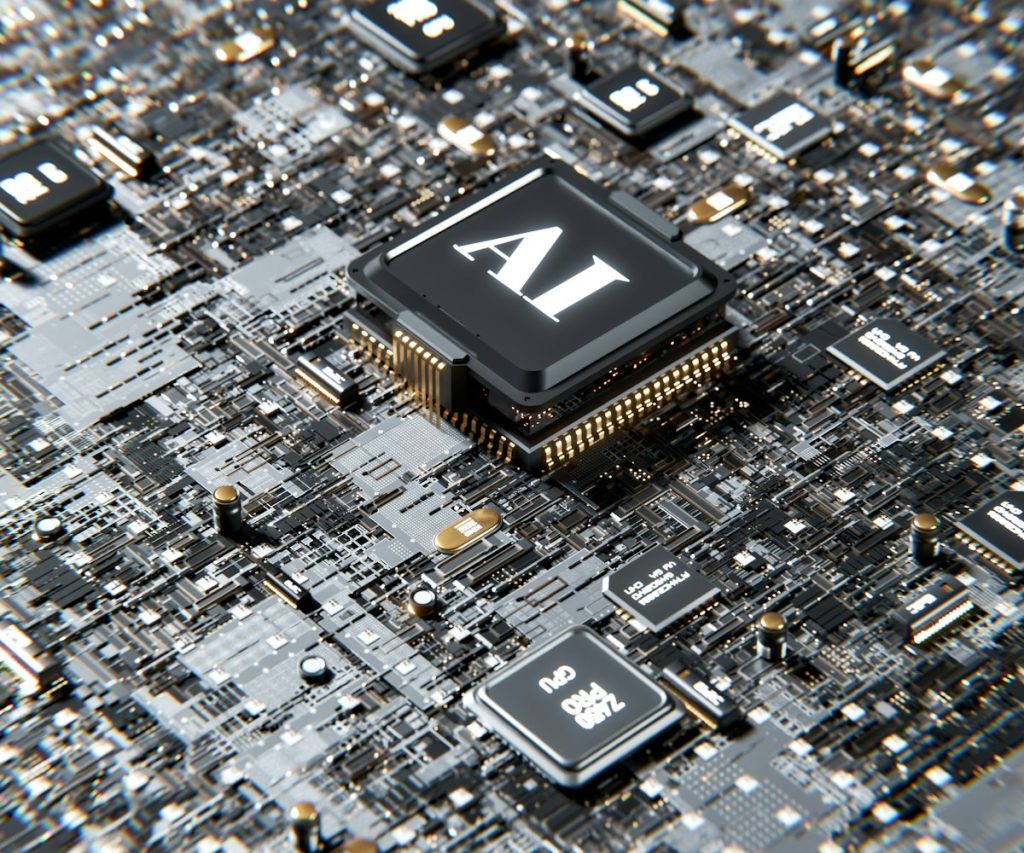AI Model in Vogue Ad Sparks Backlash: What’s Behind the Controversy?
When Vogue unveiled its latest print campaign featuring a hyper‑realistic AI‑generated model, the glossy pages turned into a flashpoint for debate. The advertisement, designed to showcase the magazine’s “Future of Fashion” theme, relied entirely on synthetic imagery created by a generative‑adversarial network (GAN). While the campaign was praised for its technical brilliance, it simultaneously ignited a firestorm of criticism from designers, activists, and everyday readers.
Why the AI Model Stood Out
The AI model, dubbed “Elysia,” was built from a massive dataset of runway photos, editorial shoots, and street style snapshots. The resulting figure exhibits flawless skin, perfectly proportioned features, and an uncanny ability to strike poses that seem both familiar and otherworldly. Vogue’s marketing team highlighted Elysia as a symbol of “limitless creativity” and a glimpse into how AI could augment the fashion industry.
Key Points of Backlash
- Authenticity Concerns: Critics argue that using a synthetic model erodes the authenticity that fashion journalism has historically championed. The lack of a real human subject, they claim, undermines the emotional connection readers form with models and designers.
- Job Displacement Fears: Professional models, photographers, and stylists fear that AI could become a cheaper, more controllable alternative, threatening livelihoods in an industry already grappling with gig‑economy instability.
- Representation Issues: Despite Vogue’s intention to celebrate diversity, many observers noted that Elysia’s features conform to Eurocentric beauty standards—high cheekbones, narrow nose, and a slim silhouette—reinforcing the very homogeny the fashion world claims to challenge.
- Transparency Gaps: The ad did not disclose that the model was AI‑generated, leading to accusations of deception. Readers felt misled when they discovered the “real” model was a computer‑crafted illusion.
Industry Reactions
Prominent voices in the fashion community quickly weighed in. Model agency founder Jade Ramirez tweeted, “If AI can replace us, why invest in human talent at all?” Meanwhile, designer Aria Liu expressed cautious optimism: “AI can be a tool, but it must be used ethically and transparently.” Several fashion tech startups have begun to release guidelines for responsible AI usage, emphasizing consent, diversity, and clear labeling.
Vogue’s Response
In a follow‑up statement, Vogue’s editor‑in‑chief, Caroline Mitchell, acknowledged the concerns: “Our intent was to spark conversation about the future, not to diminish the contributions of real people.” The magazine announced plans to feature a behind‑the‑scenes documentary explaining the creation of Elysia, as well as a series of articles exploring AI’s impact on sustainability, design, and representation.
What This Means for the Future of Fashion Advertising
The controversy underscores a pivotal moment for the industry. As AI tools become more accessible, brands will need to balance innovation with ethical responsibility. Key takeaways include:
- Clear Disclosure: Audiences demand honesty about AI involvement; transparent labeling can mitigate feelings of betrayal.
- Inclusive Datasets: To avoid perpetuating narrow beauty standards, AI models must be trained on diverse, representative imagery.
- Human‑AI Collaboration: Rather than replacing talent, AI should augment creative processes—offering designers new visual palettes while preserving the human touch.
- Regulatory Frameworks: Industry bodies may soon adopt standards governing AI-generated content, similar to existing advertising ethics codes.
Whether AI will become a staple of fashion storytelling or remain a controversial experiment hinges on how brands address these emerging challenges. The Vogue backlash serves as both a cautionary tale and a catalyst for dialogue, reminding us that technology, however dazzling, must be wielded with purpose, transparency, and respect for the people it ultimately seeks to represent.



